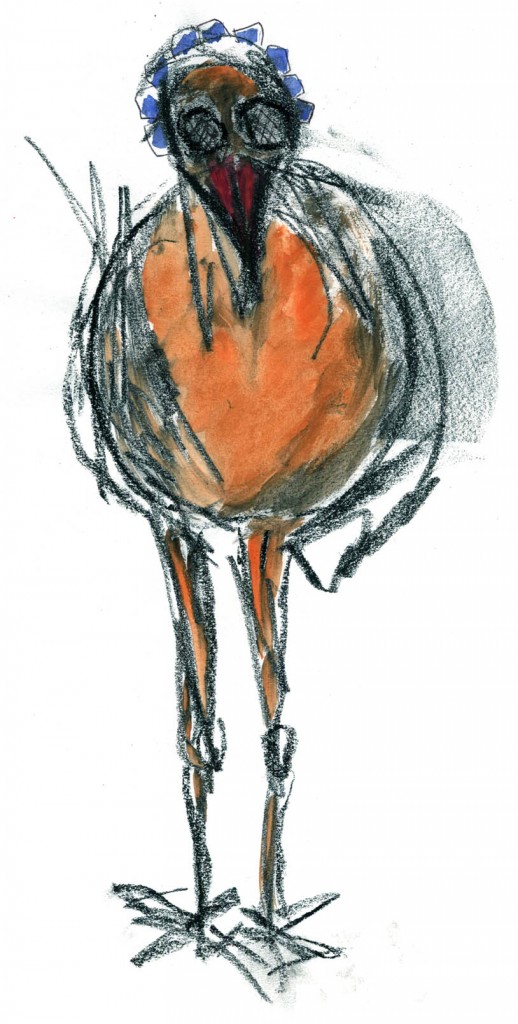
In Worstward Ho, Samuel Beckett says, “Sick of the either, try the other.” To write, or to live and to love is to exist in the either. When is it time to try something else? How long must we wait? How many others are there?
When we write, if we scrawl a story, scribble a poem, even if we use a keyboard, we bring something to life, we invite others (do these others include the other I seek) to love as we have loved, to live as we have lived, to rethink our thoughts. Should I say imagination? Should I remind us that the root of the word imagination is image? The images we live are the real
sensory experiences the world offers. The images we write create another possibility, a sensory experience made of words. Nothing works harder than words, but when we look closer, they are only words. Is this the other?
Something written is not a lived experience, but it is a version. It may be something that has never happened, and as we write, it happens. Anything we write, it happens. Maybe the other arrives.
Twelve years ago, I found my best friend dead. I have tried to write about it. I lived it, and many times, I have tried to write about it. Version after version, it doesn’t hold together. It is all either. Not enough other.
Maybe now:
I knock. No answer.
I stand on the porch of my friend Tom’s trailer house, the trailer where I lived when I was in grad school. Tom let me live there for four years in his spare bedroom, rent free.
I knock again. No answer.
I turn the key, walk in. I say his name. I walk through the kitchen. He is in the hallway on his back on the floor. His eyes are open. He wears a dirty, old t-shirt and boxer shorts. The soles of his feet are toward me. His genitals spill from the right leg of his shorts. I look away. I suppose he was walking to the kitchen, got light-headed, and sat down on the floor. Then, he laid
back. Maybe he knew he was dying. Maybe he just wanted to rest.
I say his name again. I bend down, take his cold wrist. I feel his neck. No pulse. I stand. I walk back out the door.
I enter again. He is still on the floor, still dead.
The evening before, I begged him to let me take him back to the doctor. He’d been there earlier in the week. They’d said he had a sinus infection. Does it matter? Do you need to know what his death certificate said? Now, as a metaphor, does he live again? If I had stayed with him that night, if I had refused to leave until he went to the doctor, would I be telling a different
story? Where is the other when you need it?
Should I tell a different story now? I call his name, and Tom sits up, adjusts his boxers, and says, “Weldon Kees’ death wasn’t a suicide.” An angel breaks through the floor with a crowbar, climbs up into the room, and takes us all out to get ice cream.
Ok. Fine. People die, but what happens to our writing? Is it either or other? How many drafts have I let go too soon? Do I diminish my old friend by using his death as a figure? Am I grieving? Where is the other now?
I sit and wait. Will something worth saving appear on this page?
And… it doesn’t. I’m still looking for the other.

 Today we are pleased to feature author William Auten as our Authors Talk series contributor. In this podcast, William discusses the role of memory and detail in his short story, “Something in the Way.”
Today we are pleased to feature author William Auten as our Authors Talk series contributor. In this podcast, William discusses the role of memory and detail in his short story, “Something in the Way.” Today we are pleased to feature author Maggie Kast as our Authors Talk series contributor. Maggie asks what imagination is and how it plays its “particular and equal role in the project of gaining knowledge.”
Today we are pleased to feature author Maggie Kast as our Authors Talk series contributor. Maggie asks what imagination is and how it plays its “particular and equal role in the project of gaining knowledge.”
